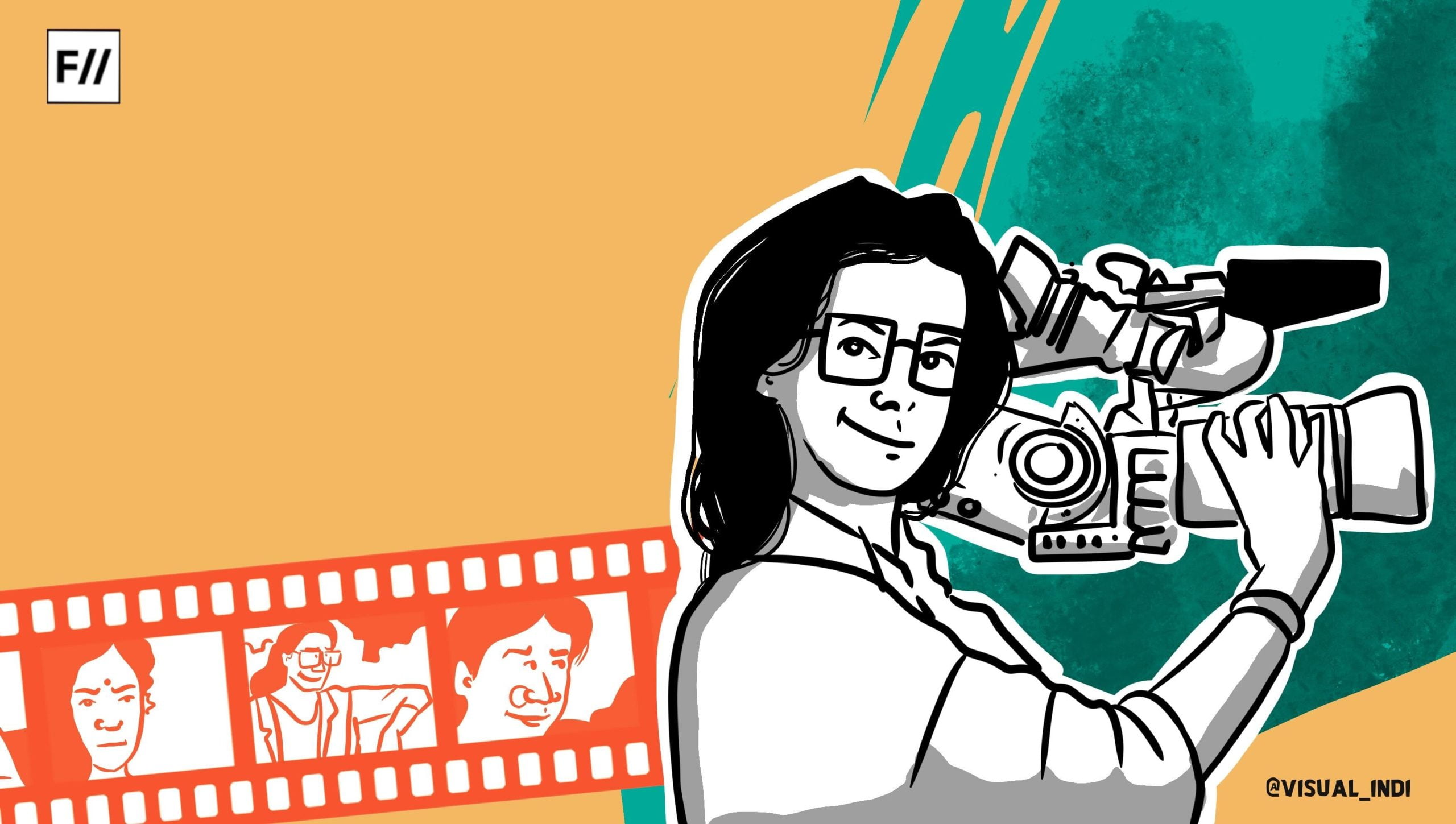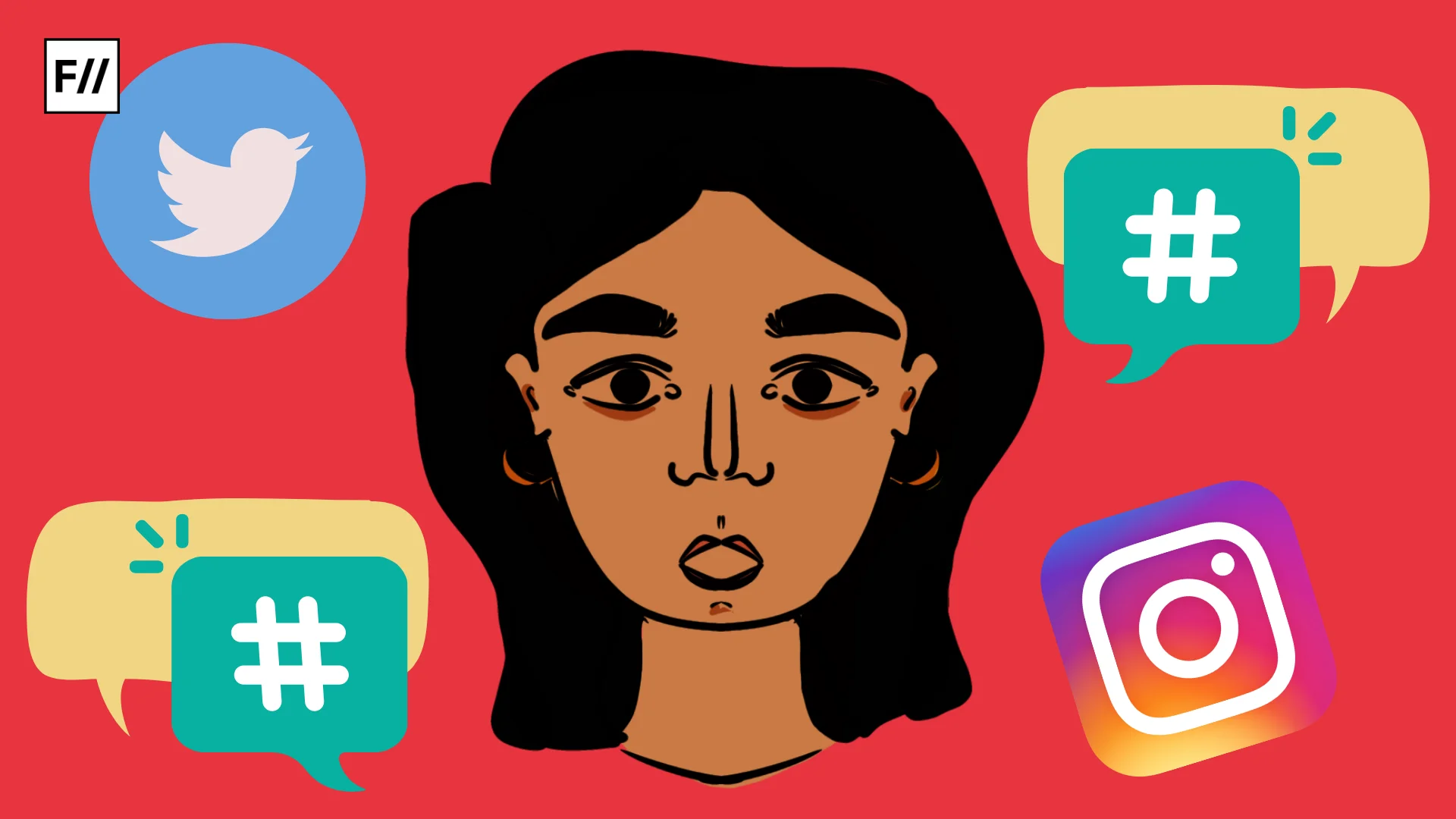Indian mainstream cinema has always depicted women and other gender minorities in a poor light, often giving into gender stereotypes, sexism, and misogyny. Some films, like Kabir Singh or any other film by Sandeep Reddy Vanga, justify and glorify violence against women. When it comes to regional cinema, which is currently experiencing a surge in popularity due to the emergence of OTTs, the issue of gender representation and authenticity remains a persistent concern. Regional cinema not only depicts women in oppressed, stereotypical, and sexist ways, but it also justifies the portrayal of violence perpetrated on them.
Hyermascuilne films from regional commercial cinemas like Malayalam, Tamil, Bhojpuri, Bengali, and Telegu have long made women characters as disposable side pieces who are there to only further the journey of the masculine hero. These disposable women are also sometimes the love interest of the main masculine protagonist, who does everything in his power to rescue the damsel in distress. Furthermore, the wrath of masculinity bears down on these women, often depicted in regional cinema as flat characters. Regional cinema frequently features rape, abuse, harassment, sexism, and misogyny, as the masculine man employs violent and oppressive techniques and methods to fulfil his mission. This category includes films such as Challenge, Drishtikone, and Praktan from Bengali cinema, as well as Bahuballi and Bharat Ane Nenu from Tollywood. Not only women but transgender people are showcased in poor light, usually as beggars, sexual predators, and evil, and are often made the butt of offensive jokes.
Regional cinema consistently and deliberately marginalises female characters, leaving them unnoticed, unaddressed, and, in fact, unworthy of attention. The Malayalam cinema, for instance, is in its glorious and celebrated days, often the films making it to box office hits; however, the question of women’s portrayal is not addressed at all by this big industry.
The Hindu writes, “Take the case of Aavesham, Jithu Madhavan’s roaring hit carried mostly by Fahadh Faasil’s uninhibited act, that has raked in over ₹150 crore at the box office. Parts of the film are set in a college campus, but not even a single girl from the campus gets a prominent presence or even a line of dialogue. The only women characters are stereotypes; that of the mother of one of the youngsters, who is present mostly as a voice asking “Are you happy?” to anyone who talks to her on the phone, and that of a sex worker.“
Though there are films worth mentioning, like The Great Indian Kitchen, and 22 Female Kottayam, that regional cinema has in its deck. However, over the years, the invisibilisation of women on screen has become too loud to ignore.
Regional cinema, including Malayalam and Bhojpuri cinema, is thriving. However, a persistent pattern continues to exist: the lack of visibility and representation of women’s roles and characters. Additionally, sexist and misogynistic songs are prevalent about women, particularly in Bhojpuri cinema. Furthermore, jokes are made at the expense of women, seeing them as insignificant and easily discarded.

The question of caste is often unaddressed and ignored, just like the question of gender in regional cinema. There is no doubt that regional cinema is executed and sustained by dominant and upper-caste men with privileges. Therefore, the portrayal of lowered castes also remains in their hands, often that portrayal is done through a privileged upper caste gaze. Often Dalit characters are mute spectators, with dark skin and with stereotypical roles. The Quint writes, “The notion of an upper caste superhero has been imbibed into the minds of film viewers in Kerala to an extent that they have accepted it as the truth and filmmakers make no effort to change that narrative. A plethora of Malayalam films have an upper caste hero.”
The Quint further mentions, “Even in films where the caste of the character defines the plot, the upper caste glorification comes with the added element of belittling those from lower castes. In the film Dhruvam (1993), when Mammootty belts out a dialogue that glorifies his Kshatriya caste identity, he also slams other varnas as weak. In Devasuram (1993), Mohanlal finds out that his father is not the Menon who gave him his name, but is someone else and feels distraught. He is then consoled by his mother’s servant, who says that even though his father isn’t a Menon, he is still of a ‘superior royal birth‘.”
In regional cinema, the issue of caste is as prevalent behind the scenes as it is on screen. The deeply casteist Brahminical film industries frequently deny opportunities to actors belonging to lower castes, such as Dalit individuals.
Gender and caste are two important issues that regional cinema and Bollywood need to address and make necessary amendments to. The whitewashed savarana privilege that is often reflected in the regional cinema needs to end for good now, and as the mass producers of information and entertainment, these industries have a greater responsibility towards the people, for serving them with truthful and politically correct information. Cinema and films are political, and so is the responsibility of these million-dollar industries.

Therefore, we aim to shed light on the issues of gender and caste representation and portrayal in regional cinema. FII is inviting submissions to create a discourse on the topic of Regional Cinema, Caste And Gender. We are accepting pitches throughout the month till the 25th of August 2024.
Here are some of the themes that you may find helpful in putting together your thoughts:
- Dalit and Adivasi representation in regional cinema
- Women and violence in regional cinema
- Women and caste in regional cinema
- Colourism in regional cinema
- LGBTQI in regional cinema
- Caste, discrimination, and stereotypes in regional cinema
- Positive narratives on the portrayal of women in regional cinema
- Positive narratives around caste in regional cinema
- Dalit and Adivasi representation in the industry (film crew/cast)
This list is not exhaustive and you may feel free to write on topics within the theme that we may have missed out here. Please refer to our submission guidelines before you send us your entries. You may email your submissions to shahinda@feminisminindia.com.
We look forward to your drafts and hope you enjoy writing them!
About the author(s)
Feminism In India is an award-winning digital intersectional feminist media organisation to learn, educate and develop a feminist sensibility and unravel the F-word among the youth in India.




